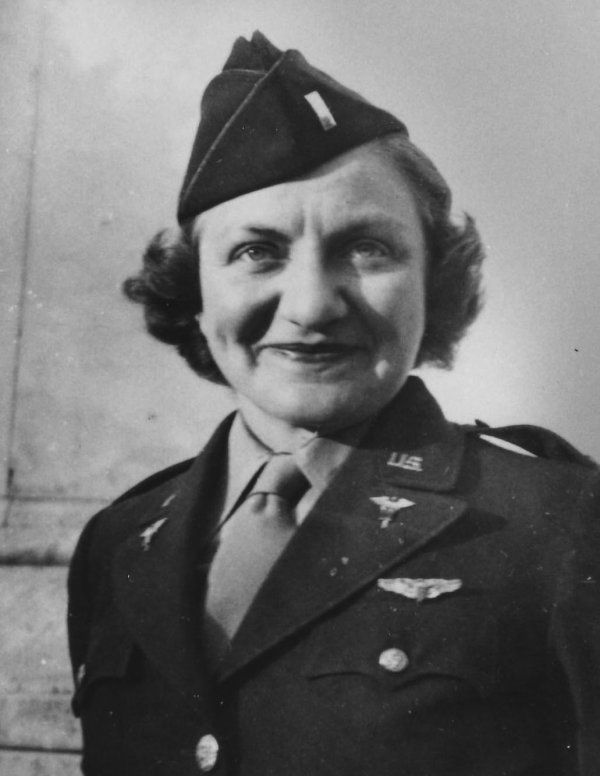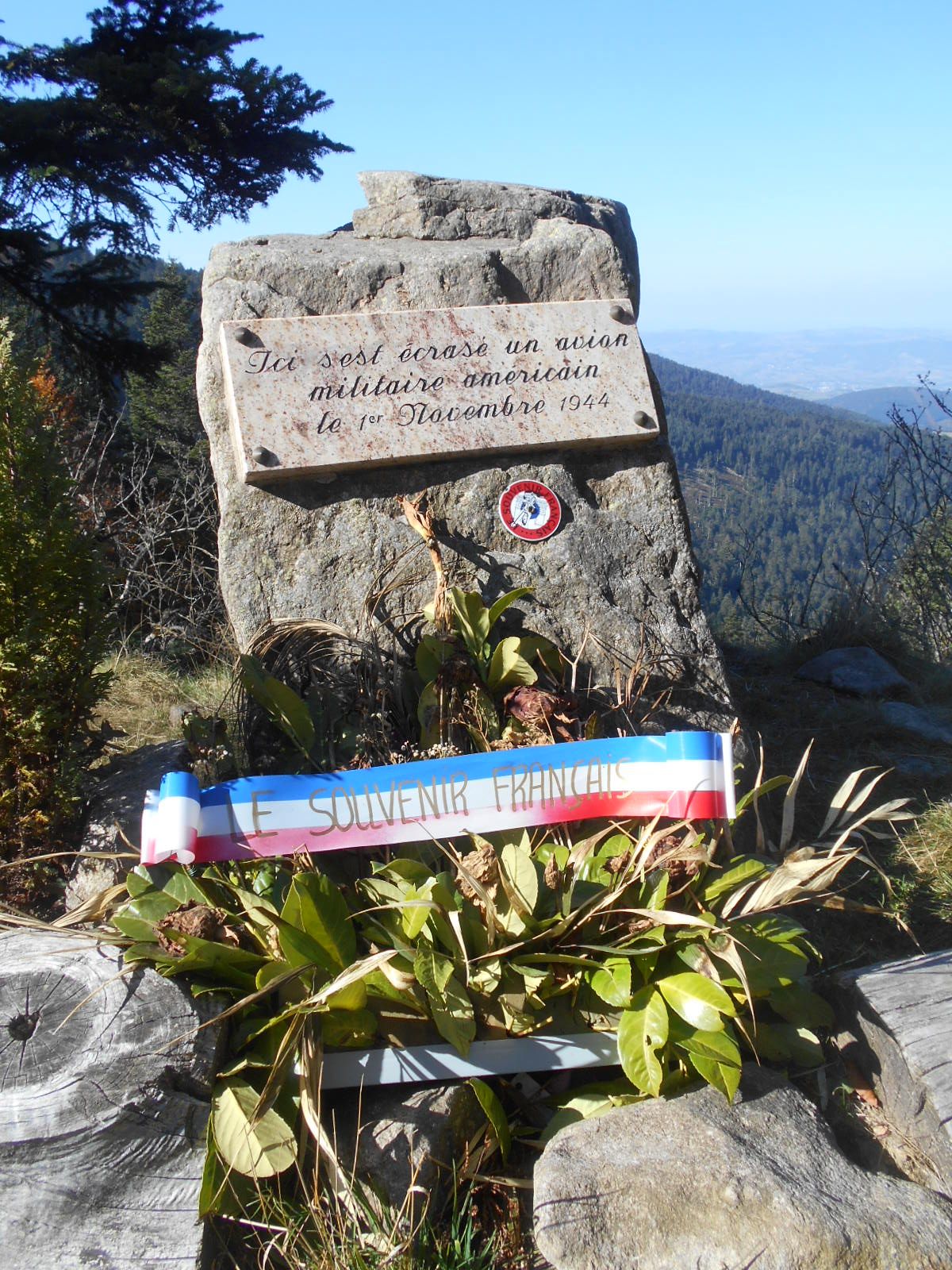Aleda E. Lutz





World War II
Biography
Aleda Lutz was born on Nov. 9, 1915 in Freeland, Mich. A second-generation German American, Aleda was the youngest of Friederich Georg and Margaretha Sybilla Lutz’s ten children. After registering Aleda as German in the county court, her family took her home to start her life. At home, Aleda learned to speak both English and German before she went to school.
She started by attending Wellman Country School, where her classmates gave her the nickname “Lutzy”. Lutz moved on to go to Freeland School, and then to Saginaw Arthur High School in 1933 where she became the first and only child in her family to graduate. Not content with her success, Lutz entered the Saginaw General Hospital School of Nursing in hopes of becoming a nurse. While studying nursing, she played tennis, danced, ice skated, and joined the Saginaw Women’s Bowling League. She loved these hobbies, and filled her time with them until she finally graduated from Saginaw and became able to practice as a nurse. From 1940 onwards, Aleda became a private practitioner; a role that finally seemed to satisfy her.
However, on Dec. 7, 1941, the Empire of Japan unleashed a surprise attack on the United States, destroying the US Pacific Fleet at Pearl Harbor, which led to the US declaring war on Japan and the Axis powers. The details of the attack on the nation inspired a great many to avenge their fellow countrymen and wage war against Japan. Among these men was Lutz’s brother Conrad who joined a medical division and her nephews Theodore and Fredrick, who both joined the Army. Inspired by her family members, Lutz decided to join the war effort herself and enlisted in the Army Nurse Corps on Feb. 10, 1942.
She was first assigned to Station Hospital at Selfridge Field in Mount Clemens, Mich. to help wounded soldiers. She excelled at this job and worked with utmost vigor, capable of caring for 25 patients at a time. Her excellence did not go unnoticed, and soon she was asked to join a team of female flight nurses. This team would be tasked with flying supplies to the Allied Army and returning with wounded men that would have to be nursed during the flight. The issue was that since she would be flying in with supplies, her airplane was not protected under the Red Cross and could be shot down. Hearing of this dangerous task, Aleda, just as before, agreed and answered the call.
She soon found herself in North Africa where she participated throughout the North African Campaign, running supplies and saving the wounded. Her unending resolve, which had helped her graduate high school a few years before, got her promoted to 1st Lieutenant once the Campaign was over. After the victory of the North African Campaign, Lutz helped support the Invasion of Italy. On one notable occasion, she flew four resupply and rescue missions into the Anzio beachhead, an area approximately seven miles deep and 15 miles wide surrounded by German artillery and anti-aircraft guns, in a single day.
Throughout her service, Lutz worked tirelessly to save her fellow men until a tragic accident on Nov. 1, 1944. On a routine flight from Lyon, France to Italy, the pilot of Lutz’s C-47 got caught in a storm and crashed into Mt. Pilat. The crash left no survivors, killing all on board: the crew, six wounded German prisoners of war, and nine US wounded servicemen. Aleda Lutz was 28. In her time of service, Lutz flew during six different campaigns, in which she completed over 200 missions. She earned the record for most evac flights with a total of 196, and earned the record for most combat hours flown by a flight nurse: 814. Most importantly, Lutz successfully saved 3500 wounded servicemen with her missions.
Lutz was greatly decorated for her service. She was posthumously awarded the Distinguished Flying Cross by President Franklin Delano Roosevelt on Dec. 28, 1944. Furthermore, she earned a Purple Heart, an Air Medal, 4 Oak Leaf Clusters, a European-African-Middle Eastern Campaign Medal, a Red Cross Medal, and six battle stars for her efforts at Tunisia, Sicily, Rome-Arno, Southern France, and the North Apennines. In 1993, she was inducted into the Saginaw Hall of Fame and was inducted into the Michigan Women’s Hall of Fame in Lansing in 1994. Finally, on April 17, 2021 Lutz was inducted into Air Zoo’s Michigan Aviation Hall of Fame.
Although highly decorated, Aleda Lutz’s legacy extends beyond her awards. On April 3, 1945 General George Marshall named an 800-patient hospital ship the USASH Aleda E. Lutz to honor her sacrifice. Furthermore, from 1945 until its closure in 1969, the Saginaw General Hospital Nursing School honored one student a year with the Aleda E. Lutz Nursing Award. Finally, Saginaw County’s American Legion Post No. 544 was unofficially named after Aleda Lutz until Oct. 27, 1990 when it was officially named the Aleda E. Lutz Department of Veterans Affairs by Congressional Decree.
A stone with a plaque now stands on Mt. Pilat in remembrance of those who died in the plane crash. While unnamed, Aleda E. Lutz is remembered by those she saved and their family members.
Written by Jon Hutton